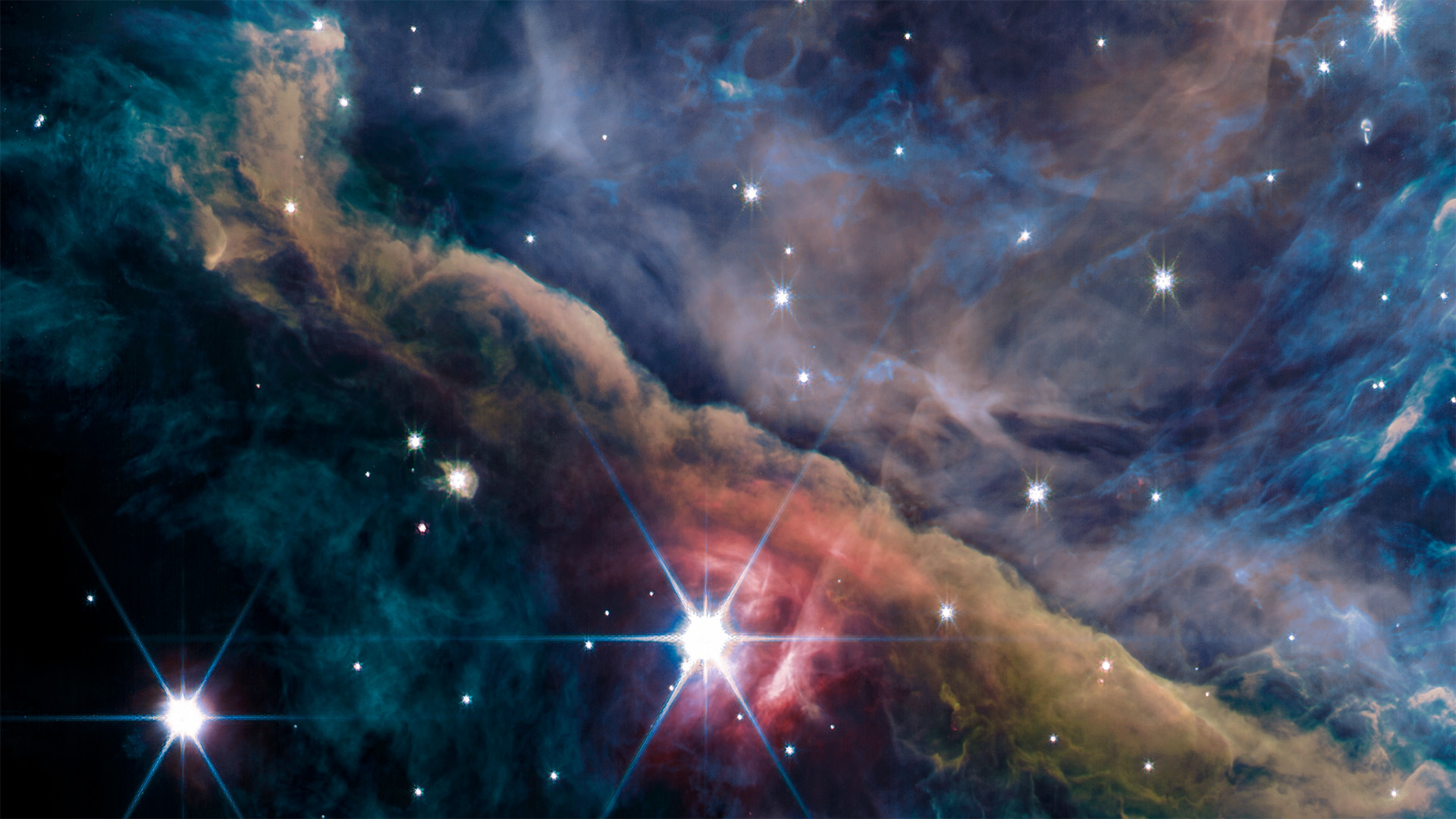The European Space Agency’s (ESA) January Image of the Month features a spectacular picture taken by the Webb Space Telescope. The image features several bright galaxies in the background, as well as a highly detailed capture of LEDA 2046648, a billion-year-old spiral galaxy.
Launched in December 2021, Webb began its scientific endeavors in July 2022. Since then, the space telescope has captured images of distant galaxies and exoplanets, and even revealed new information about our local solar system, including details about Mars’ atmosphere. It has once again captured a beautiful billion-year-old spiral galaxy hiding among the stars.
The latest image was taken during the commissioning of the Near-Infrared Imager and Slitless Spectrograph (NIRISS). At the same time, the Near-Infrared Camera (NIRCam) focused on LEDA 2046648, the billion-year-old spiral galaxy seen here.

The image showcases hundreds of visible light sources, but the infrared data that Webb relies on captures many more galaxies, including this billion-year-old spiral galaxy. Thanks to Webb’s deep-field imagery, scientists can observe ancient light and utilize gravitational lensing to view distant sources we wouldn’t usually be able to observe from Earth.
The ESA shared the image this month as a way to showcase the spectacular things that Webb is finding when it looks out among the stars. Other beautiful views have given us a deeper look at the Pillars of Creation.
Although not a deep field, the LEDA 2046648 shot still inspires awe at the enormity of the cosmos, showcasing thousands of galaxies surrounding the billion-year-old spiral galaxy at the forefront of the image. It’s yet another reminder of how big the universe is and how many mysteries of the early universe we still have to uncover.
Webb’s primary objective is to improve our understanding of how the first stars and galaxies formed by observing the oldest light in the universe. Images like this continue to help unravel that understanding every day.








